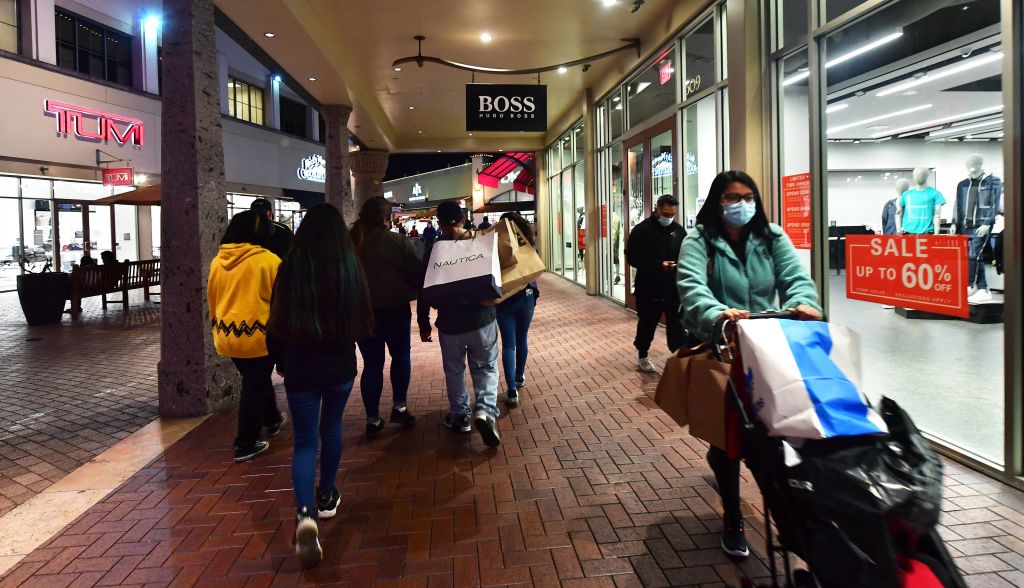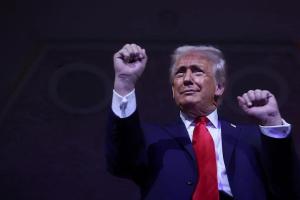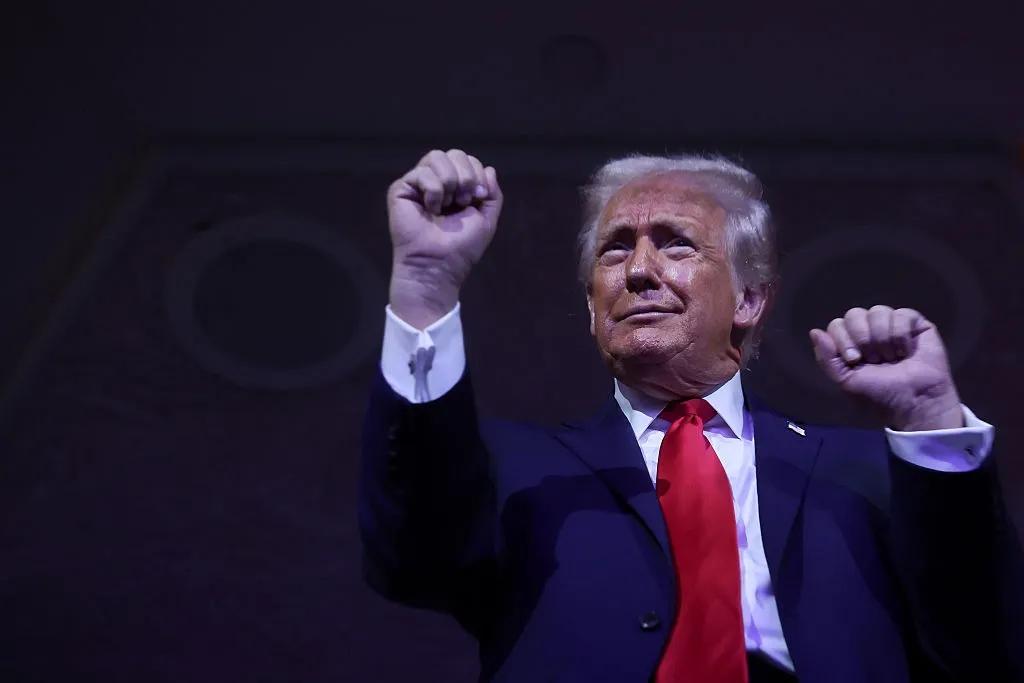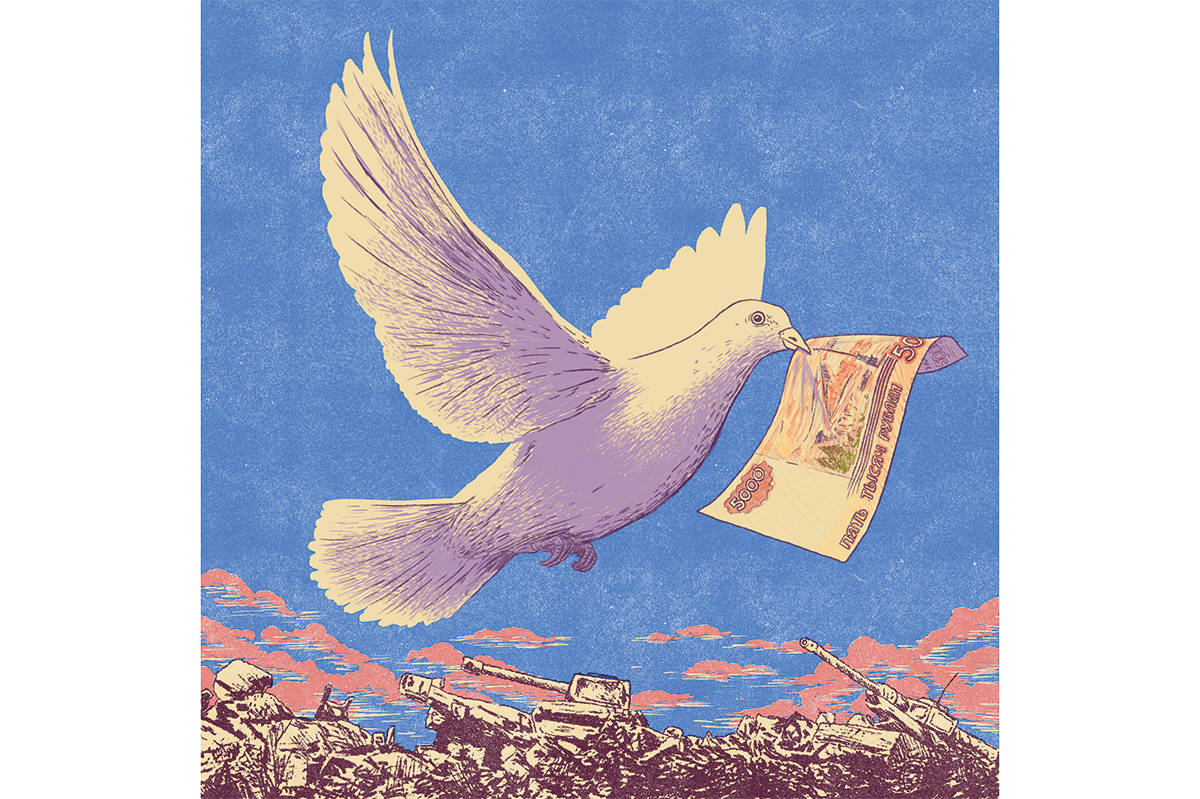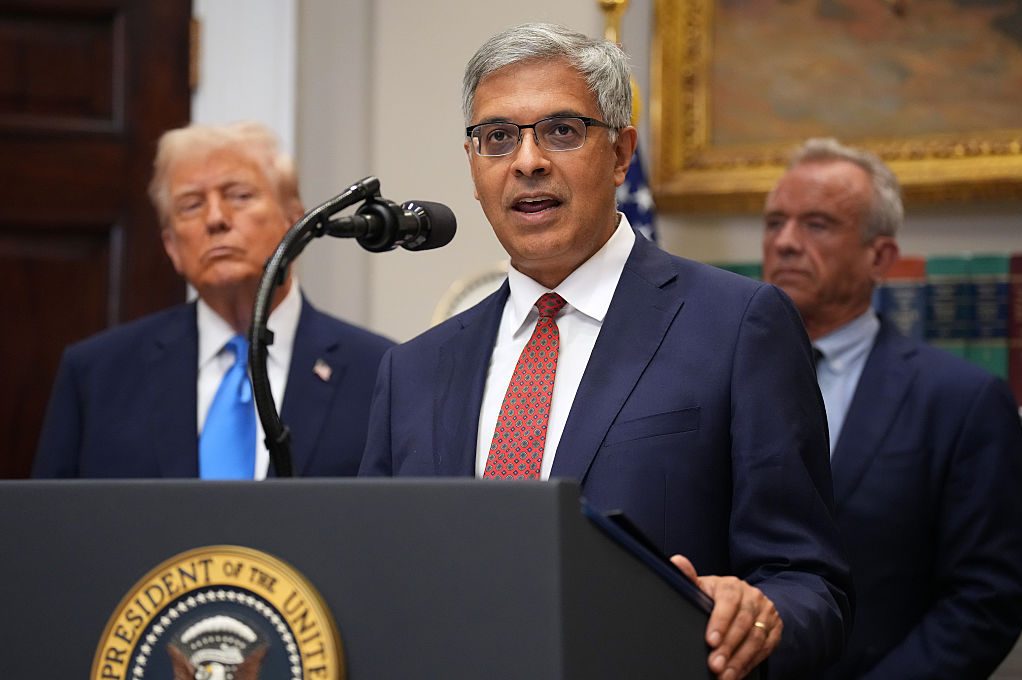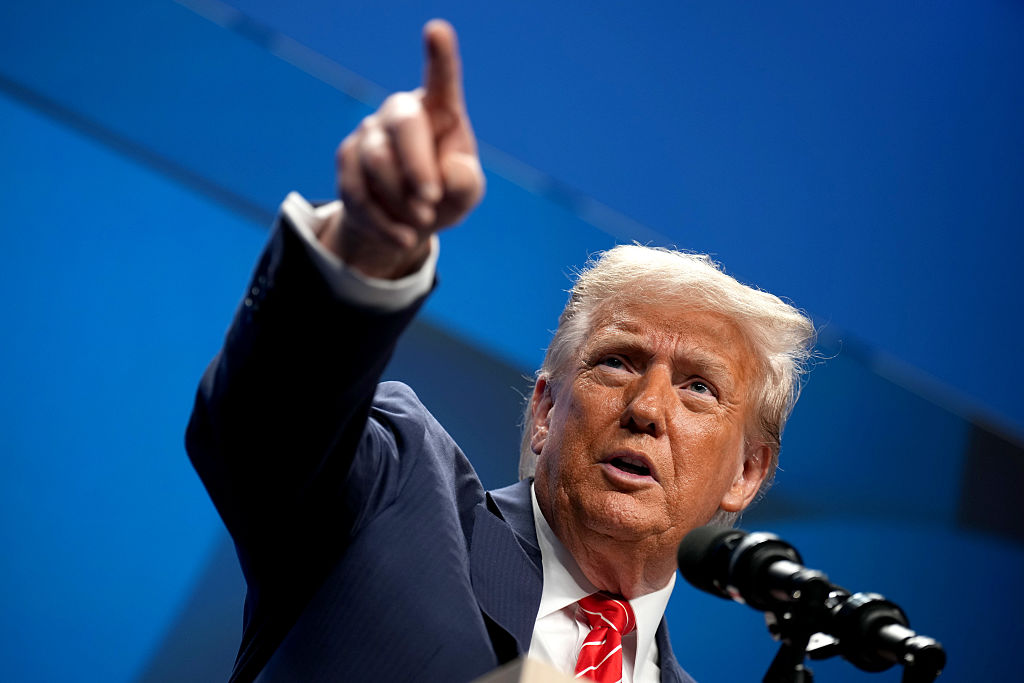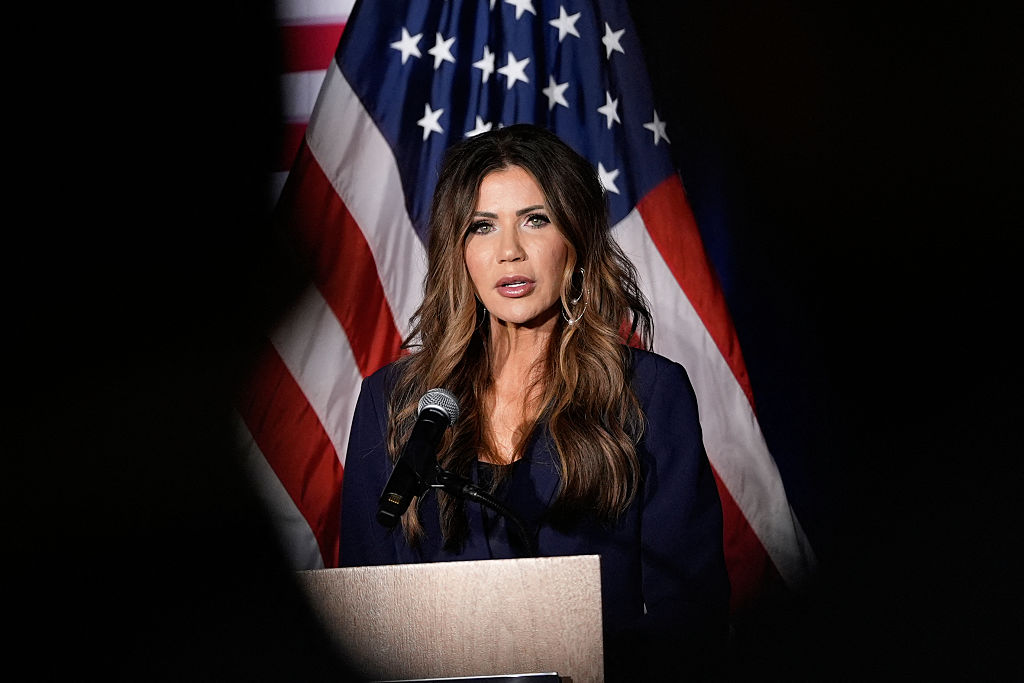No issue has been more politicized over the last six months than the sudden reemergence of inflation. For those keeping score at home — and many of us are whenever we buy our groceries — the latest report puts the current inflation rate at 6.8 percent, the highest since 1982.
How one perceives the inflation threat depends as much on one’s political beliefs as it does on economics. Many conservatives are inclined to see this inflation as a more permanent fixture of the economy, believing it to be a consequence of the ongoing profligacy of the Biden administration. Democrats, in contrast, have tended to characterize the phenomenon as largely transitory and more a result of ongoing supply issues related to the pandemic.
The truth, perhaps unsurprisingly, lies somewhere in between.
So far, markets don’t think current inflation levels will be long-lasting. The latest breakeven rates predict inflation of 2.9 percent over the next five years and 2.4 percent over the next ten. That’s higher than markets have anticipated since at least the early 2000s, but still much lower than the levels some conservatives speculate are on the horizon.
Inflation at present is also not limited to the United States; it is a worldwide phenomenon. Domestic policies clearly played a role, but the US fiscal response was hardly unique — and the Federal Reserve was not the only central bank to revisit the easy money playbook.
That said, inflation has proven to be more stubborn than many mainstream commentators initially predicted. Chair Jerome Powell recently told Congress he believes it is time to retire the word “transitory” in reference to the current episode.
While that may mean the end to monetary stimulus is upon us, it is still unclear if the fiscal spigot will be turned off. This is especially true as the administration’s costly Build Back Better proposal inches closer to final passage.
While the Congressional Budget Office puts the cost of that legislation at more than $1.6 trillion over the next decade, a follow-up report clarified that the price tag would balloon to nearly $5 trillion should all of its programs be made permanent.
Of course, such irresponsible spending predates the Biden administration. The president may be turning up the flow, but it was Donald Trump who ensured the fiscal bathtub was already full.
Estimates show that Trump authorized more than $3.2 trillion in new spending during his last two years in office — primarily in response to the Covid-19 pandemic — which helped pave the way for Biden and the Democrats to spend even more.
In early 2020, it could at least be argued that the federal response was necessary to compensate for the decline in demand resulting from the then-novel coronavirus. Supply was strapped then, too, but demand declined far more.
Since that time, policymakers from both parties have largely ignored the stage of the crisis when crafting their fiscal responses. By the end of last year, with the distribution of vaccines imminent, a clear path forward was available that no longer required aggressive stimulus.
However, the new administration cynically used the crisis to further juice the economy while also pushing forward with other costly priorities. The result continues to be more stimulation at the exact time demand is bouncing back with a vengeance.
Democrats should have seen it coming. With many Americans growing increasingly tired of mandates, lockdowns and other clunky measures of controlling the pandemic, it was only a matter of time before they would long to eat in restaurants and return to shopping in retail stores.
Savings, too, are through the roof after more than a year of enhanced government benefits, so no wonder private spending is rising — and prices along with it. As one report noted, inflation is largely demand-driven, and despite supply chain issues, the production of goods exceeds the pre-Covid trend.
The country now risks replacing the public health crisis with an economic one, but Biden — and previously Trump — together with Powell, seem not to have thought about this until now. It is ironic that the most prominent elected official to sound the alarm has been Senator Joe Manchin, a member of the president’s own party.
Markets will likely be proven right that inflation won’t be as bad as our worst fears. But just because we won’t see a return of 1970s-style stagflation doesn’t mean that persistent price increases won’t be with us for a while.
Few feelings are more insidious than the creeping malaise that comes from seeing one’s paycheck steadily erode due to a loss in purchasing power. It’s hard to imagine a more harmful outcome for Democrats should inflation stick around through next year.
As it is, the president already has little room for error.
Jonathan Bydlak is director of the Governance Program at the R Street Institute, a center-right think tank.



